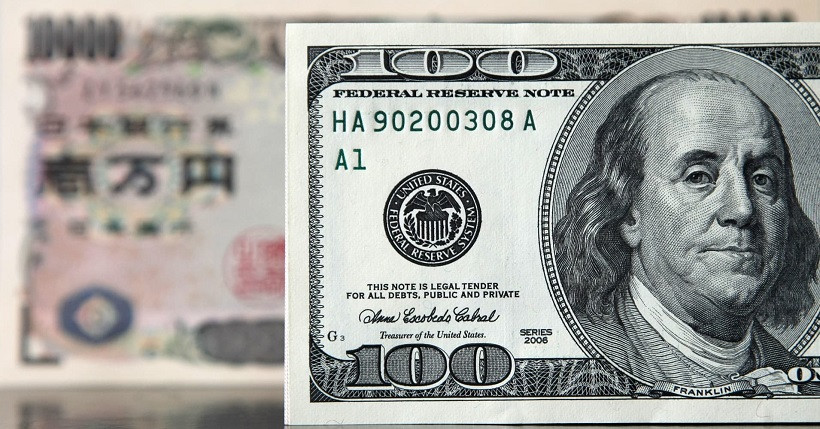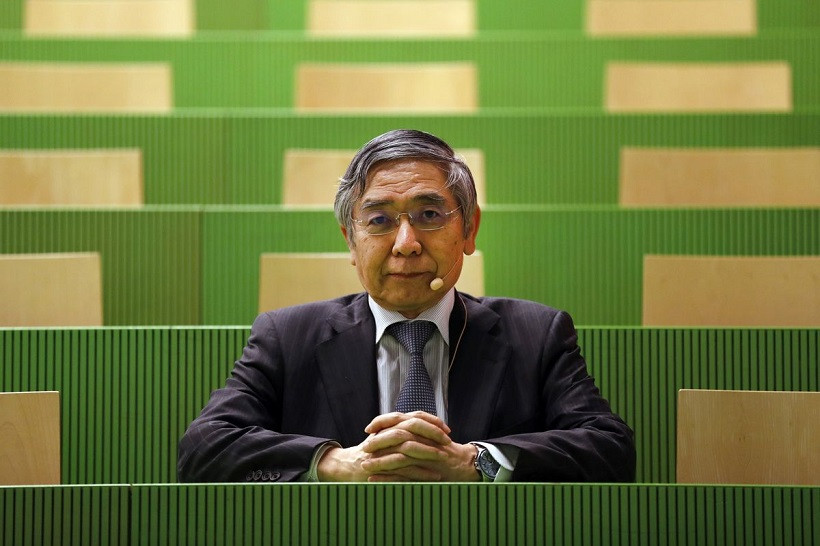

Obviously, the US Federal Reserve can act as such a driver, which will announce the results of the November meeting tomorrow. The Bank of Japan has already said its word, which traditionally turned out to be not in favor of the yen. Now it's the turn of the US central bank. And if the market is by and large accustomed to the dovish rhetoric of BOJ Governor Haruhiko Kuroda, then in the case of the Federal Reserve, the rates are much higher. However, everything will be discussed in order.
The Japanese central bank held its penultimate meeting this year last week. The BOJ did not present any surprises: all the parameters of the monetary line remained the same, and Kuroda's rhetoric was of a familiar nature. Kuroda once again stated that the central bank is "without any hesitation" ready to continue easing monetary policy "if necessary." But at the same time, he did not announce the specific conditions under which the central bank will decide on further easing. This phrase is already standard, and rather formal, so traders tend to ignore it. However, this time Kuroda commented on the significant weakening of the national currency with a "bonus". Let me remind you that the yen, paired with the dollar, has been actively losing its positions for six weeks. If at the end of September USD/JPY was in the area of 109.10-109.20, then on October 20, traders updated the multi-year high, ending up at 114.71. The more than 500-point march was primarily due to the devaluation of the Japanese currency, and secondly, the strengthening of the greenback.
It is noteworthy that Kuroda welcomed the weakening of the national currency. On the one hand, he acknowledged that the devaluation of the yen is hitting imports, also inflating household costs. But, on the other hand, he noted that, in general, he does not consider the current weakening of the Japanese exchange rate to be a "negative fact." This remark had a very indirect effect on the dynamics of USD/JPY. The sharp upward momentum was replaced by a downward pullback, which was then once again replaced by a corrective wave.
All this suggests that the yen has demonstrated a formal reaction to the announced results of the penultimate meeting of the BOJ this year and Kuroda's subsequent comments.
In general, USD/JPY bulls are clearly "exhausted" after weeks of consistent growth. Bears, in turn, cannot reverse the situation for the pair against the background of strong greenback positions. In recent weeks, the Japanese currency has completely ignored its "own" fundamental factors, while reacting weakly to the external fundamental background. For example, the yen has actually remained indifferent to the escalation of tensions between Beijing, Taipei and Washington. After Joe Biden's words that the United States would defend Taiwan in the event of Chinese intervention, the Japanese currency showed only a formal reaction, despite the surge of anti-risk sentiment in the market.
The greenback, in turn, has also been demonstrating a passive position over the past weeks. Dollar bulls react reflexively to the current news flow (for example, to the growth of the RCE), but at the same time they do not dare to launch a full-scale offensive. The USD/JPY pair has been growing for six weeks mainly due to the divergence of the rates of the Fed and the Bank of Japan. And now the dollar bulls need additional feeding of a fundamental nature. Therefore, traders froze in anticipation of the key event of the week and, most likely, of the month.

Thus, the prevailing fundamental background suggests that the yen will continue to move in the wake of the US currency. Before the announcement of the results of the November Fed meeting, the pair will certainly not leave the above price range: traders will not dare to bet on the growth or decline of the price on the eve of such an important event. But according to the results of tomorrow's meeting, the pair will follow the greenback, which will either continue its ascent or will be under strong pressure.
Therefore, in my opinion, at the moment it is advisable to take a wait-and-see position on the pair. If the results of the November meeting disappoint dollar bulls (the Fed will begin to curtail QE, but at the same time refrain from hawkish hints about the fate of the interest rate), the pair may sink not only to the lower limit of the above range (113.50), but also to the next support level of 112.70 (Kijun-sen line on the D1 timeframe). However, if we consider medium-term trading (not to mention long-term), it is advisable to use this decline to open longs. The uncorrelation of the rates of the Fed and the Bank of Japan (which will undoubtedly remain) will not allow the USD/JPY bears to break the upward trend for the pair. For this reason, long positions with price declines to the above support levels look quite attractive.